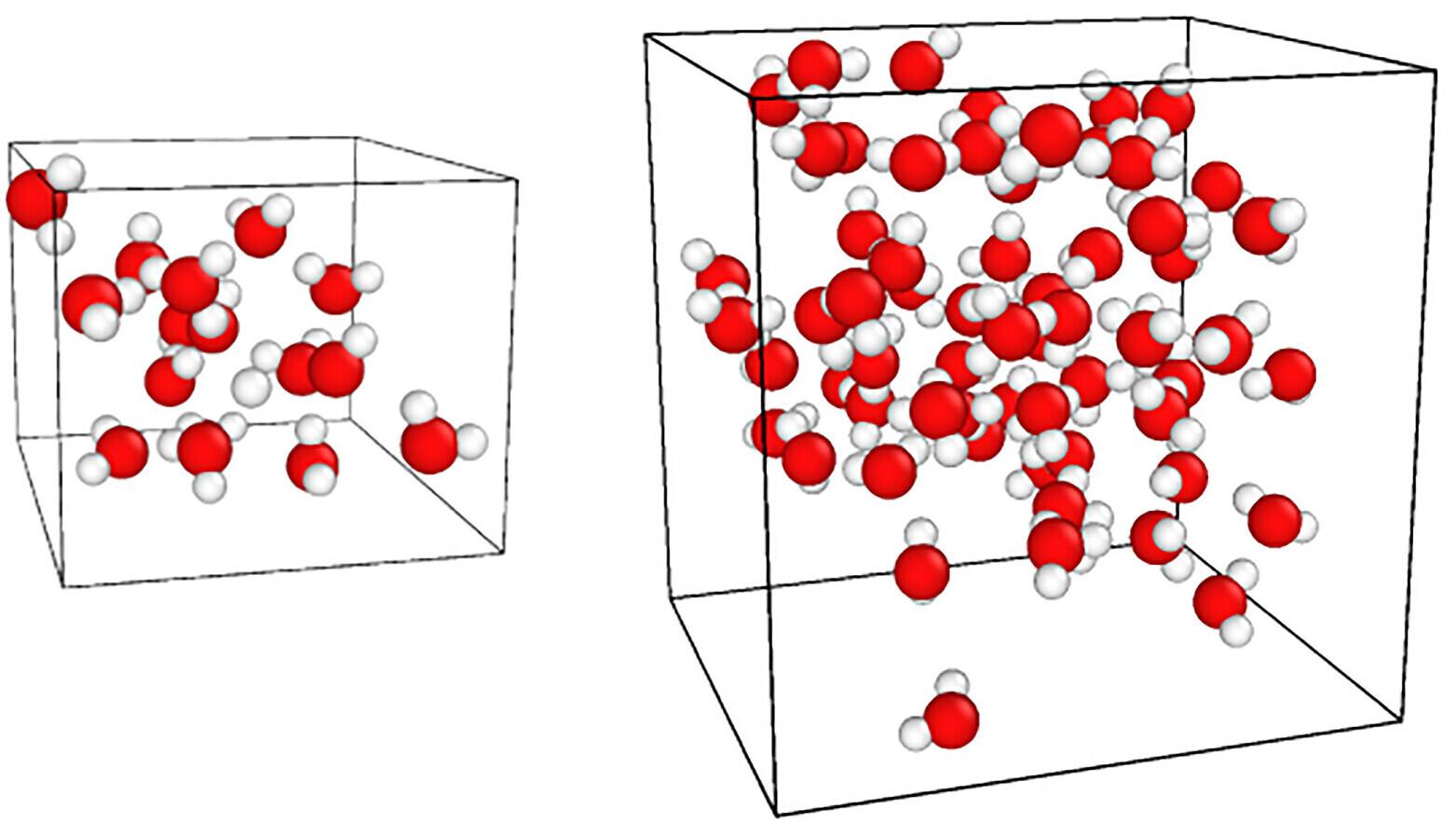
Electron scattering is a fascinating phenomenon where electrons deviate from their original path due to interactions with other particles or fields. But why is electron scattering important? It helps scientists understand the structure of atoms, molecules, and materials. By observing how electrons scatter, researchers can gain insights into the arrangement of atoms and the forces at play within a substance. This knowledge is crucial for advancements in fields like material science, chemistry, and physics. Want to know more? Here are 20 intriguing facts about electron scattering that will shed light on this essential scientific process.
Key Takeaways:
- Electron scattering is a cool physics phenomenon where electrons change their path by interacting with other particles. It helps scientists understand atoms and molecules, and has led to important discoveries in physics.
- Different types of electron scattering, like Rayleigh and Compton scattering, give us unique insights into atomic structures. This has practical applications in fields like material science and medical imaging.
What is Electron Scattering?
Electron scattering is a fascinating phenomenon in physics where electrons deviate from their original path due to interactions with other particles or fields. This process helps scientists understand the structure of atoms and molecules.
- Electron scattering was first observed by J.J. Thomson in 1897.
- It is a key method for studying the internal structure of atoms.
- Elastic scattering occurs when electrons bounce off without losing energy.
- Inelastic scattering involves electrons losing energy, often exciting atoms or molecules.
- The Rutherford scattering experiment used alpha particles to probe atomic structure, laying the groundwork for electron scattering studies.
Types of Electron Scattering
Different types of electron scattering provide unique insights into atomic and molecular structures. Each type has its own applications and significance.
- Rayleigh scattering involves elastic scattering of light or other electromagnetic radiation.
- Compton scattering is inelastic and results in a change in wavelength of X-rays or gamma rays.
- Mott scattering considers the spin of electrons, providing more detailed information.
- Bragg scattering occurs when waves are scattered by a crystal lattice, used in X-ray crystallography.
- Thomson scattering is elastic scattering of electromagnetic radiation by a free charged particle.
Applications of Electron Scattering
Electron scattering has numerous practical applications in various fields, from material science to medical imaging.
- Electron microscopy uses electron scattering to create high-resolution images of tiny structures.
- X-ray diffraction relies on electron scattering to determine crystal structures.
- Particle accelerators use electron scattering to study subatomic particles.
- Medical imaging techniques like PET scans use principles of electron scattering.
- Surface science employs electron scattering to analyze surface properties of materials.
Historical Milestones in Electron Scattering
The history of electron scattering is marked by significant experiments and discoveries that have shaped modern physics.
- Davisson-Germer experiment in 1927 confirmed the wave nature of electrons.
- Rutherford's gold foil experiment in 1911 provided evidence for the nuclear model of the atom.
- Discovery of the electron by J.J. Thomson in 1897 was a pivotal moment in understanding atomic structure.
- Development of quantum mechanics in the early 20th century was heavily influenced by electron scattering experiments.
- Advancements in electron microscopy in the mid-20th century revolutionized material science and biology.
Final Thoughts on Electron Scattering
Electron scattering reveals a lot about atomic structures and particle interactions. This process helps scientists understand the behavior of electrons when they collide with atoms or other particles. By studying these collisions, researchers can gather data on atomic nuclei, electron clouds, and even subatomic particles like quarks.
This field has practical applications in materials science, medical imaging, and even quantum computing. The insights gained from electron scattering experiments have led to advancements in technology and a deeper understanding of the universe's fundamental building blocks.
Whether you're a student, a science enthusiast, or just curious, knowing these facts about electron scattering can broaden your appreciation for the microscopic world. Keep exploring, keep questioning, and who knows what other fascinating discoveries await?
Frequently Asked Questions
Was this page helpful?
Our commitment to delivering trustworthy and engaging content is at the heart of what we do. Each fact on our site is contributed by real users like you, bringing a wealth of diverse insights and information. To ensure the highest standards of accuracy and reliability, our dedicated editors meticulously review each submission. This process guarantees that the facts we share are not only fascinating but also credible. Trust in our commitment to quality and authenticity as you explore and learn with us.
